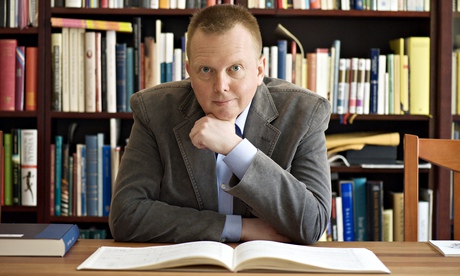
B Tommy Andersson is, this season, composer in association with the BBC National Orchestra of Wales and next month he will be the subject of their Composer Portrait. On this occasion, he was both conductor and advocate for composers from his native Sweden, a blind spot for most. Andersson chose four composers spanning a century and a half, from Ludvig Norman, who was an acquaintance of Schumann’s, and Ingvar Lidholm, who is about to celebrate his 94th birthday.
Hilding Rosenberg’s Dance Suite from his ballet, Orpheus in Town, set in Stockholm and dating from 1938, was the jaunty, jazzy opener, with its seven (mainly up-beat) dances making the penultimate slow tango stand out for its sexier lilt. Rosenberg’s lively characterisation surely deserves new choreography. Norman’s 1856 Concert Overture in E flat major was as well-crafted as Andersson suggested, but not of itelf particularly inspiring. Only the final cadence, with its stirring bit of timpani work, came ablaze, rather too late.
Hugo Alfvén’s Fourth Symphony, subtitled From the Outermost Skerries, stemmed from his passion for the sea and represents a young couple whose idyllic love is shipwrecked in the storms of life’s reality. Of Mahlerian scale, with quadruple wind and eight horns, and Straussian in style, the symphony also included wordless lines for solo soprano (Elizabeth Atherton) and tenor (Robin Tritschler). Alfvén’s fluency is undeniable and the vocal lines were admirably delivered but, at three-quarters of an hour, this was a work that took far too long to say too little. Andersson created most impact with Lidholm’s Kontakion from 1978, based on the same Russian liturgical hymn as Britten used in his Third Cello Suite. Out of long sections of tense strings emerged a series of wind solos, dying away after the final offstage trumpet. A work of apparent austerity carried humanity at its heart.

